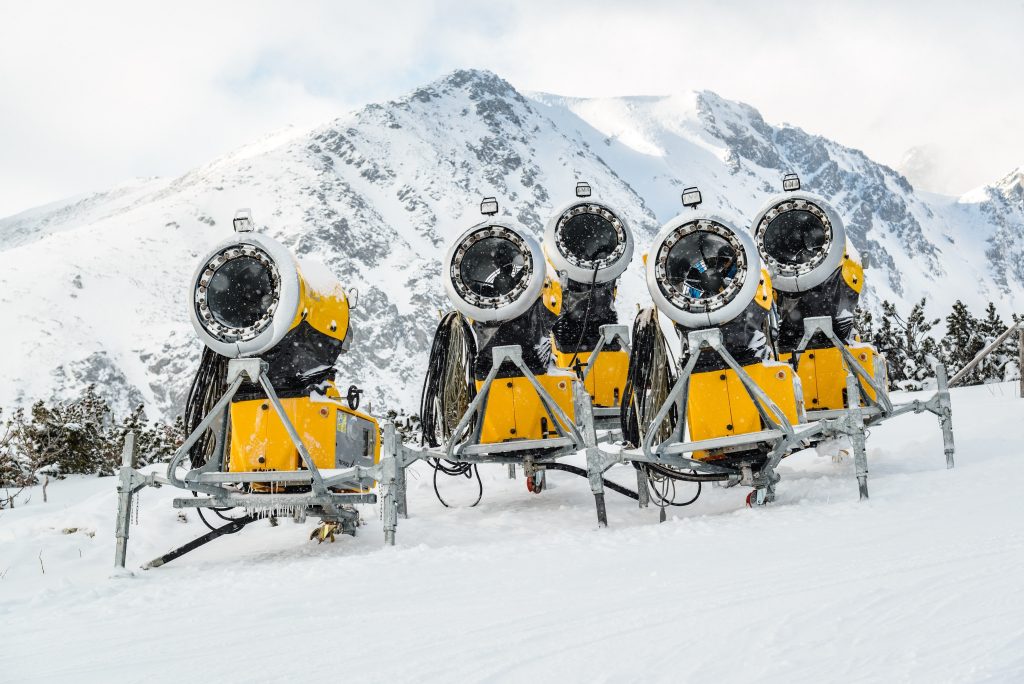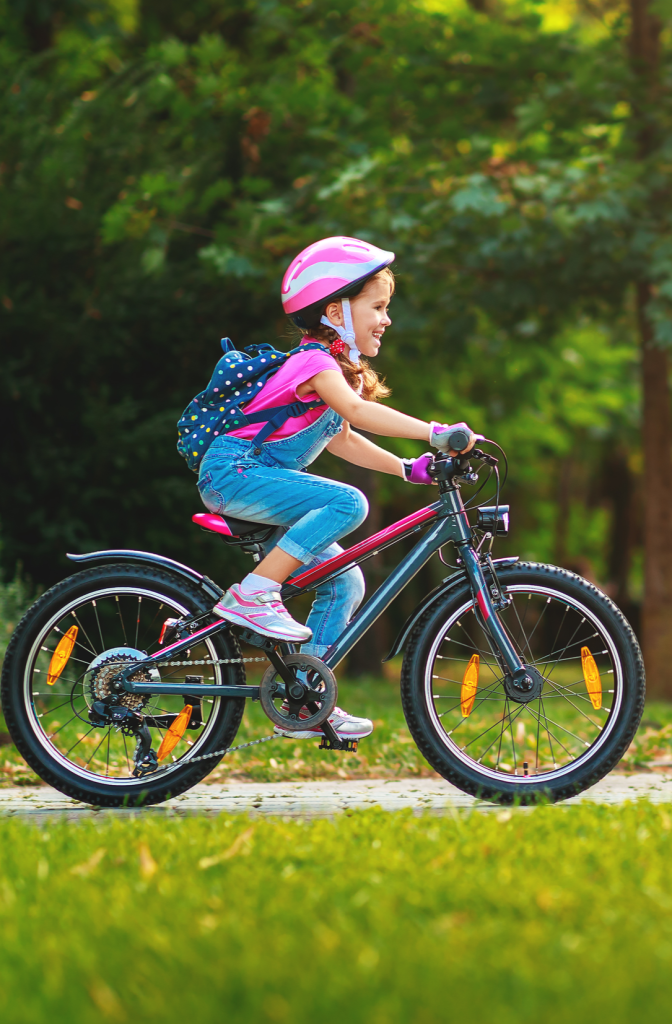The Swiss Alps experienced record high temperatures over Christmas and New Year, reaching 20.9C (70F) in northwest Switzerland.
The village of Anzère is often hailed as Europe’s greenest ski resort. Yet, it was forced to close some of its pistes due to lack of snowfall and rainy conditions in late December and the first few days of January.
According to a 2017 study by the Institute for Snow and Avalanche Research, the Alps could lose up to 70% snow cover by 2100. The survival of many Alpine ski resorts will depend on their altitude, with only those above 2500m meters likely to have enough snow to open from December to April.
Changing weather conditions affect the mountains in various ways. In addition to warmer air meaning less snowfall, extra rain can lead to faster melt and a risk of mudslides.
Another major concern is the rapid disappearance of glaciers. Glaciers in the European Alps could lose 94% of their 2017 volume by the end of this century. Glacier melting could also lead to severe flooding and erosion in the valley below and increase the risk of avalanches.
This is not just a European issue. Skiing in the USA is also challenged. Always vulnerable to extreme weather events, in Colorado wildfires also threaten the slopes. Over the past five years, wildfires have come dangerously close to towns and shut down major highways in the ski region.
Economic impact
As with many impacts of climate change, they threaten not just the lifestyle choices that we value, but also have a negative effect on the value of the economy.
In North America alone, skiing is a $50 billion industry employing many people. The winter season represents a key driver of local economies. A loss in income results not only from shorter seasons but also the additional costs involved in adaptation to difficult conditions.
As an example, the Valloire resort, in the Savoie region of France is closing 10 lower-altitude slopes and opening four new ones higher up. The price tag: a hefty €8 million.
Do we have solutions?
When tackling climate change, we have two strands of action: adaptation and mitigation. The former means accepting the effects of warming and trying to adjust to them; the latter involves reducing greenhouse emissions to prevent matters getting worse. The ski industry is involved in both.
One of the most obvious adaptation techniques is manmade snow. Ski resorts around the world have already installed miles of water pipes and built reservoirs and pumps to facilitate this. Before the season starts, they use the snow guns to make big piles of snow in strategic spots on the mountain. Later, snow grooming machines distribute and smooth it out.
However, Conservation organizations like the International Commission for the Protection of the Alps (CIPRA), have fiercely criticized snowmaking because of its energy consumption, high water usage, and disruption of ecosystems like tundra and streams. It also consumes a lot of energy, a cost that will be passed on to customers. There are currently no snow-making machines that run on renewables.
An alternative and more creative solution is to diversify the business model, with many ski resorts focusing on creating all year season propositions with hiking, mountain biking, ziplines, and wellness retreats.
Some resorts are covering glaciers in protective blankets to stop them from melting in the summer. According to a 2021 study, the technique can reduce the melting of snow and ice by 50-70%, compared to unprotected surfaces. But it is a costly process. Covering all of Switzerland’s 1,000 largest glaciers would cost an estimated 1.4bn Swiss Francs annually.
Green skiing
Despite this bleak outlook, many resorts have adopted ambitious, long-term sustainability goals in a bid to reduce their emissions.
The American Big Sky resort, in the Rocky Mountains of Montana, is aiming for net zero emissions by 2030 under its Forever Project, which was launched in 2021. The resort has introduced a newly installed 32 kilowatt (kW) solar array, improving the efficiency of buildings, reducing its water usage and protecting its forests. Aspen Skiing Company, meanwhile, is aiming to source 100% renewable electricity to power all its operations by 2030.
In Anzère, most of the resort already runs on hydroelectricity. It is also car-free and offers free public transport to all visitors, in a bid to encourage people to travel more sustainably. According to a recent survey by the Ski Club of Great Britain, just 2% of British travellers take the train to go skiing, compared to 72% who fly. For people in Europe looking to travel in a more sustainable way to the Alps, there are plenty of options ranging from the Alpen Express, an overnight train travelling from the Netherlands via Cologne to Austrian resorts, or the Travel Ski Express which runs between London and the French Alps, via Eurostar to Paris.
Skiing Lessons
Auden Schendler, senior vice president for sustainability at the Aspen Skiing Company, highlights how resorts can play an important role in the fight against climate change. Ski resorts are the “perfect messenger” for highlighting the reality of the climate crisis, says Schendler. “People love what skiing offers them today. The threat of that disappearing is the kind of visceral hit that people need to catapult themselves into action.”
I couldn’t agree with Schendler more. We all have our personal reason why that triggers us to care deeply about climate change – whether it’s our children, or favourite places or pastimes. Those of us who love to ski should rise to the challenge of doing what we can to protect the sport.
If you’d like to be part of the solution, and not part of the problem, contact me to find out how your money can be a force for positive change: www.somersetwm.co.uk/call
How climate change threatens to close ski resorts – BBC Future
Climate change threatens $50 billion ski industry : NPR
Climate change: The end of skiing? – Down to Earth (france24.com)
Photo by Michal Mrozek on Unsplash




